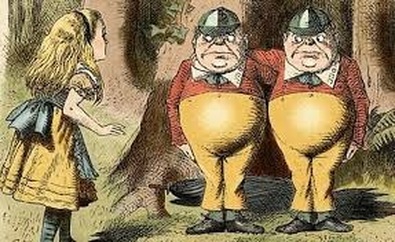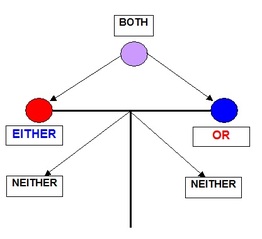The Limitations of Dualistic thinking
The relationship between fact fiction and the social application of sterile dualistic thinking.
The gist of this thesis is that our dualistic mode of thinking that has served us so well for the last few hundred years is now becoming an increasing hindrance to our future progress and development as individuals and as a species.
The dualistic mode of thought (yes/no: right/wrong, etc) serves well as an analytical tool for ‘holding’, dissecting and deconstructing complex mobile systems and categorising and collating their component parts, but is a useless tool for living within and apprehending complex living environments in a way that does not destroy them.
In short we have to develop a new form of ‘living thinking’ that does not break the thing it is observing and which takes into account the reality that consciousness apprehending another inevitably leads to a change of state brought about by the very act of apprehension.
The dualistic mode of thought (yes/no: right/wrong, etc) serves well as an analytical tool for ‘holding’, dissecting and deconstructing complex mobile systems and categorising and collating their component parts, but is a useless tool for living within and apprehending complex living environments in a way that does not destroy them.
In short we have to develop a new form of ‘living thinking’ that does not break the thing it is observing and which takes into account the reality that consciousness apprehending another inevitably leads to a change of state brought about by the very act of apprehension.
This new form of thinking, which is more widely practiced than might be appreciated from merely following events as described by various ‘news’ outlets, introduces a third comprehending element into the conscious apprehension process. This is one that finds the common denominator inherent in apparently opposed positions without belittling the legitimate stance of those two positions.
As a result a new third perspective often arises (although not guaranteed) that indicates a more comprehensive way forward. This process relies heavily on the active practice of self-reflection (perceiving ones ‘position’/sense of self-identity as an object external to self in order to free it from its long-term embedded context) and it has a key role to play in the development of the fourth element of the Quadruple Bottom Line approach to human activity.

